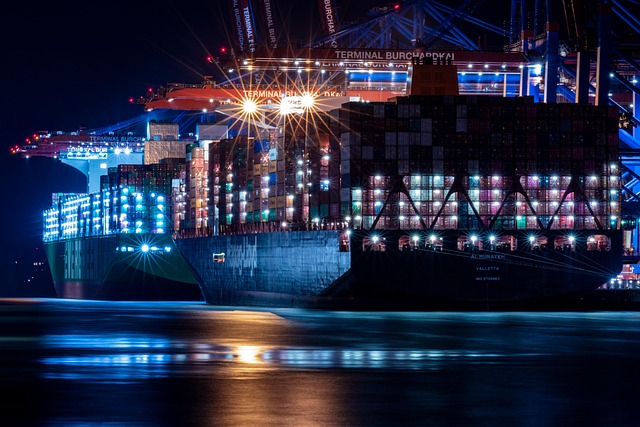
Shipping Containers
Shipping containers, also known as intermodal freight containers, play a crucial role in global trade. These standardized containers are designed for easy transport across various modes of transportation, including ships, trucks, and trains, without the need for unloading and reloading. This efficiency has made them a cornerstone of international shipping logistics.
The Importance of Shipping Containers
With approximately seventeen million intermodal containers in circulation worldwide, they are responsible for a significant portion of long-distance freight transportation. Their design allows for the safe and secure movement of goods, ranging from raw materials to finished products, across countries and continents.
Types of Shipping Containers
Shipping containers come in various specialized forms to accommodate different types of cargo. Here are some common types:
- Standard Containers: The most common type, typically measuring 20 or 40 feet in length.
- High Cube Containers: These offer an additional foot of height, allowing for more volume and accommodating taller cargo.
- Open Top Containers: Designed for oversized cargo that cannot fit through standard container doors.
- Side Loaders: These allow for loading and unloading from the side, useful for certain types of equipment.
- Temperature Controlled Containers: Also known as reefer containers, these are equipped to transport perishable goods at specific temperatures.
- Double Door Containers: These have doors on both ends, facilitating easier access and loading.
- Transtainers: Specialized containers for transporting fuel and oil.
Benefits of Using Shipping Containers
The use of shipping containers offers several advantages:
- Efficiency: Their design allows for quick loading and unloading, reducing turnaround time.
- Security: Containers are built to be robust and secure, protecting cargo from theft and damage.
- Cost-Effectiveness: Shipping containers can be reused multiple times, lowering transportation costs over time.
- Flexibility: They can be easily transferred between different modes of transport, streamlining logistics.
Challenges in Shipping Container Logistics
Despite their advantages, shipping containers also face challenges:
- Congestion: Ports can become congested, leading to delays in shipping schedules.
- Damage: Containers can be damaged during transport, affecting the integrity of the cargo.
- Regulatory Compliance: Different countries have varying regulations regarding container transport and customs.
The Future of Shipping Containers
As global trade continues to evolve, the shipping container industry is adapting. Innovations in container design, tracking technology, and sustainability practices are becoming increasingly important. For instance, the integration of IoT (Internet of Things) technology allows for real-time tracking of containers, enhancing visibility and efficiency in the supply chain.
Conclusion
Shipping containers are more than just metal boxes; they are essential tools for modern logistics and global trade. Understanding their types, benefits, and challenges provides insight into their critical role in the economy. As the industry continues to innovate, shipping containers will remain at the forefront of international shipping and trade.

















 Anticodons Are Found on Which Type of Molecule
Anticodons Are Found on Which Type of Molecule 
 Health
Health  Fitness
Fitness  Lifestyle
Lifestyle  Tech
Tech  Travel
Travel  Food
Food  Education
Education  Parenting
Parenting  Career & Work
Career & Work  Hobbies
Hobbies  Wellness
Wellness  Beauty
Beauty  Cars
Cars  Art
Art  Science
Science  Culture
Culture  Books
Books  Music
Music  Movies
Movies  Gaming
Gaming  Sports
Sports  Nature
Nature  Home & Garden
Home & Garden  Business & Finance
Business & Finance  Relationships
Relationships  Pets
Pets  Shopping
Shopping  Mindset & Inspiration
Mindset & Inspiration  Environment
Environment  Gadgets
Gadgets  Politics
Politics 